Shrubs are the backbone of many gardens and landscapes. They add structure, color, privacy, and texture throughout the year. But like all living things, shrubs grow—and sometimes, they grow a little too much. That’s where thinning comes in. Thinning is a pruning technique that involves selectively removing stems and branches to improve the plant’s health, appearance, and growth pattern.
Unlike shearing or shaping, which simply trims the outer layer of a shrub, thinning reaches into the interior—removing older, weaker, or overcrowded stems to enhance air circulation, light penetration, and overall vigor.
But how do you know when it’s time to thin out your shrubs? And what signs should you look for to avoid over-pruning or damaging the plant? This comprehensive guide explores the visual cues, seasonal timing, species-specific needs, and best practices for thinning your shrubs—so your garden stays healthy, attractive, and thriving all year long.
What Is Thinning and Why Is It Important?
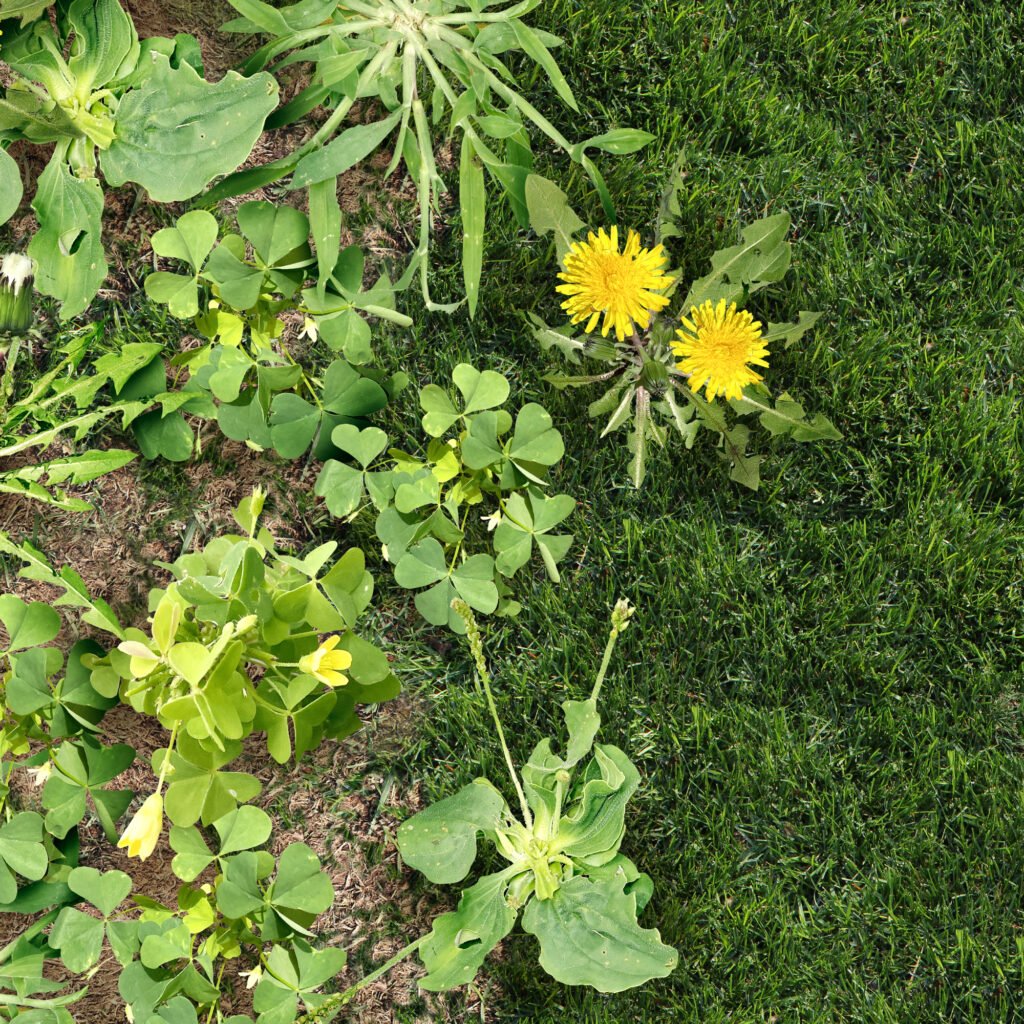
Thinning is the selective removal of stems or branches at their point of origin. It’s not about giving your shrub a haircut—it’s about strategically improving plant structure and health from the inside out.
Key Benefits of Thinning:
- Improved air circulation (reduces disease and mildew)
- More sunlight penetration (encourages interior growth)
- Better blooming and fruiting
- Stronger structural integrity
- Prevention of overgrowth and legginess
- Improved aesthetic appearance
Thinning also encourages new, vigorous growth and extends the lifespan of your shrub.
When Is the Right Time to Thin Out Shrubs?
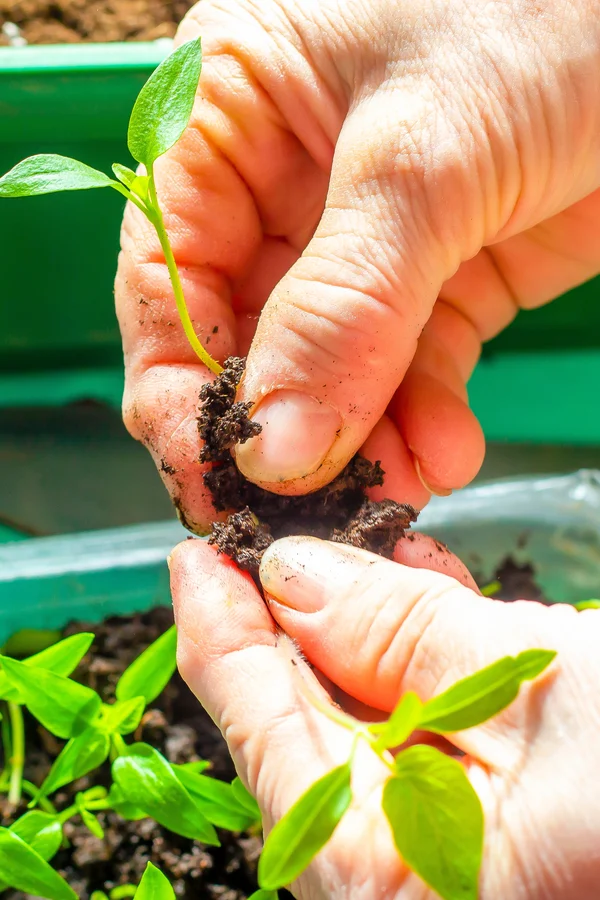
While timing can vary depending on the type of shrub, in general:
Best Times to Thin:
- Late winter to early spring (before new growth starts)
- Immediately after flowering (for spring-flowering shrubs)
Avoid Thinning:
- In late summer or fall, as this can stimulate tender new growth that may be damaged by frost.
- During extreme drought or heat stress, which adds unnecessary strain on the plant.
7 Signs Your Shrub Needs Thinning
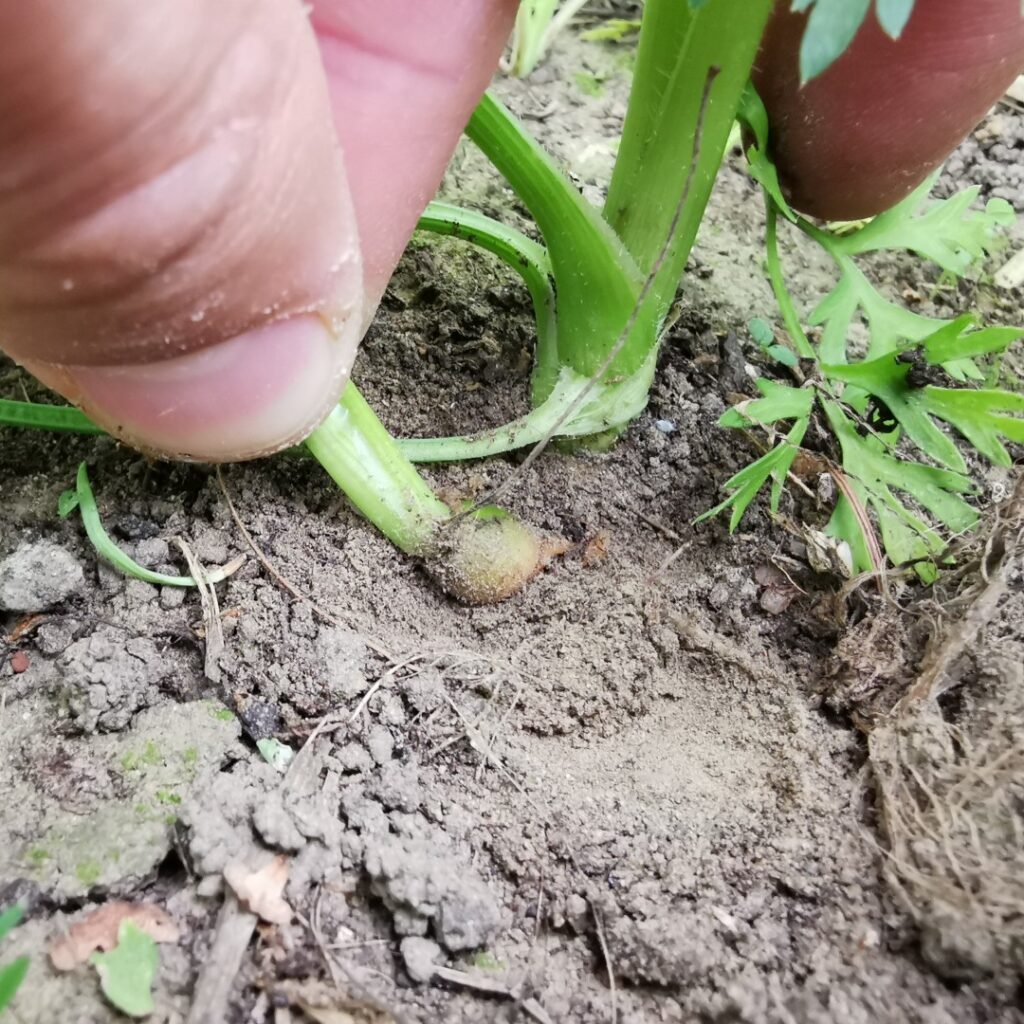
Here are clear indicators that your shrub may need to be thinned:
1. It Looks Overgrown or “Closed In”
If your shrub is growing thick and full with little to no visible structure, it may be time for a trim. A dense shrub can become impenetrable to air and light, which causes:
- Fungal diseases (powdery mildew, leaf spot)
- Poor flowering
- Leaf yellowing on inner branches
Test it: Try pushing your hand into the shrub. If it’s hard to reach the center, it’s too dense.
2. Poor Air Circulation or Light Penetration
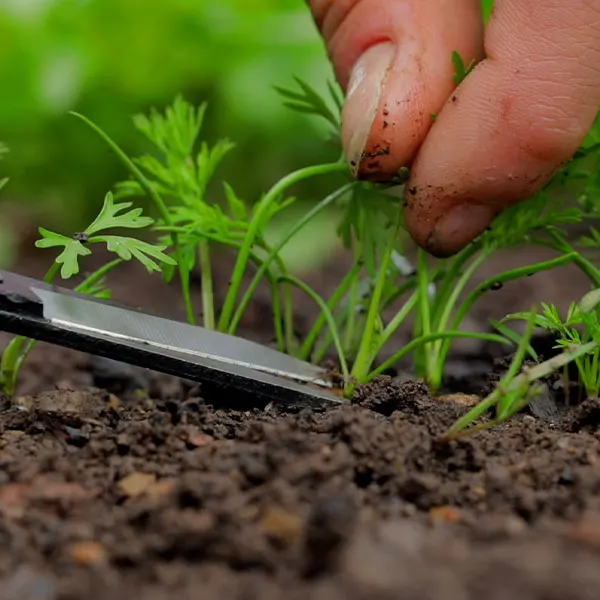
Shrubs need airflow and sunlight not just on the outside, but also within. Thinning allows sunlight to reach lower and inner leaves, improving photosynthesis and reducing humidity that invites disease.
Symptoms of poor air/light:
- Inner leaves turning yellow or brown
- Moss or mold on stems
- Frequent fungal issues
3. Reduced Flowering or Fruit Production
Flowering shrubs like Lilacs, Spireas, Hydrangeas, or Forsythia often stop blooming when they become too crowded. When old wood and tangled stems dominate, the shrub allocates energy to survival, not reproduction.
Thinning removes unproductive branches, prompting new growth that supports more flowers and fruits the following season.
4. Leggy or Top-Heavy Appearance
If your shrub is putting all its growth at the top with bare or woody stems at the bottom, it’s becoming leggy—a classic sign of overgrowth.
Causes:
- Lack of sunlight inside the canopy
- Dominance of older branches
- Excessive shearing without thinning
Solution: Thinning stimulates even growth from the base upward, maintaining balance and structure.
5. Crossing, Rubbing, or Damaged Branches
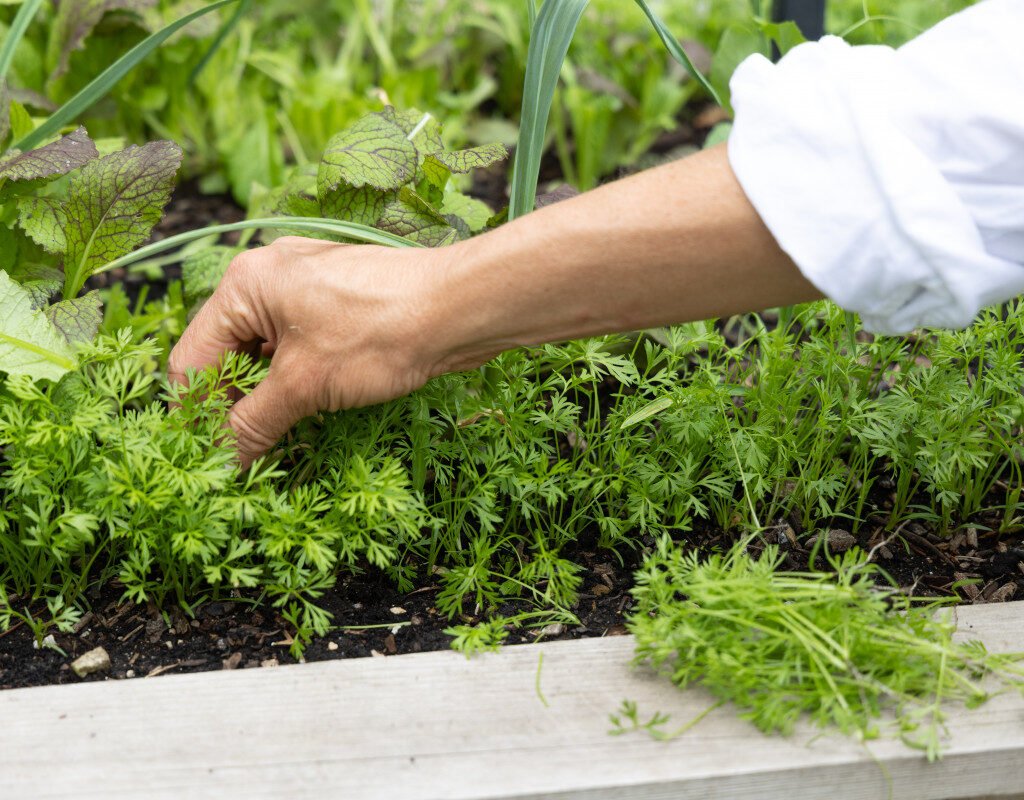
Branches that rub against each other cause open wounds, making the shrub vulnerable to insects, disease, and breakage.
Thinning helps:
- Prevent future damage
- Encourage healthy branching patterns
- Remove weak or inward-growing shoots
Look for branches that:
- Cross over each other
- Are cracked or split
- Grow straight inward or downward
6. Dead, Diseased, or Damaged Wood
This might seem obvious, but many gardeners forget to remove dead or dying stems. They not only look unattractive but also harbor pests and pathogens.
These should be removed immediately, regardless of season. Regular thinning helps you spot and remove these problem areas early.
7. It’s Been 2–3 Years Since the Last Pruning
Some slow-growing or compact shrubs don’t need frequent pruning, but if you haven’t thinned your shrub in several years, chances are it could benefit from it.
As a general rule:
- Annually for fast-growers like Spirea or Butterfly Bush
- Every 2–3 years for slower growers like Boxwood or Yew
How to Thin Out Shrubs: Step-by-Step Guide
Once you’ve determined your shrub needs thinning, follow these steps:
1. Gather the Right Tools
- Bypass pruners for small branches
- Loppers for thicker stems
- Pruning saw for large or woody limbs
- Gloves and safety glasses for protection
2. Identify and Remove Problem Branches First
Start by removing:
- Dead or diseased branches
- Rubbing or crossing stems
- Suckers or shoots from the base
3. Selectively Thin Interior Branches
Aim to:
- Open up the center
- Maintain natural shape
- Remove up to 1/3 of the oldest stems at the base
Cut all the way to the main branch or ground. Avoid leaving “stubs,” which can invite disease.
4. Step Back and Assess
Work slowly and step back regularly to examine your progress. The goal is to enhance natural form—not sculpt it into a ball.
Special Tips for Different Types of Shrubs
Flowering Shrubs (Lilac, Forsythia, Weigela)
- Prune after blooming to avoid cutting off next year’s flower buds.
- Remove older stems at ground level to stimulate new shoots.
Evergreen Shrubs (Boxwood, Holly, Yew)
- Thin in late winter or early spring.
- Avoid heavy thinning during hot or dry months.
- Maintain shape while opening the interior slightly.
Wildlife-Friendly Shrubs (Dogwood, Viburnum)
- Thin lightly to preserve nesting habitat and berry production.
- Remove dead wood and open the canopy just enough to boost health without over-thinning.
When Not to Thin
Avoid thinning your shrubs if:
- They’re newly planted (give them 1–2 years to establish)
- They’re under stress (drought, pests, or disease)
- You’re unsure of the blooming time—cutting the wrong stems can remove flower buds
If you’re ever uncertain, research the specific species or consult a local arborist.
Final Thoughts
Thinning shrubs is more than just a cosmetic touch-up—it’s a powerful way to revitalize your plants, prevent problems, and encourage better growth for years to come. The signs are usually clear: poor flowering, crowded branches, lack of light, or an unruly appearance. Once you learn to recognize these cues, you’ll be better equipped to maintain a thriving, balanced landscape with ease.
By thinning thoughtfully and at the right time, you not only protect your investment in your garden but also enhance its beauty and sustainability—without the need for excessive maintenance or intervention.
So the next time you pass your overgrown shrub and wonder if it’s time for a trim, remember: If it’s crowded, tired-looking, or struggling to bloom, it’s probably time to thin it out.
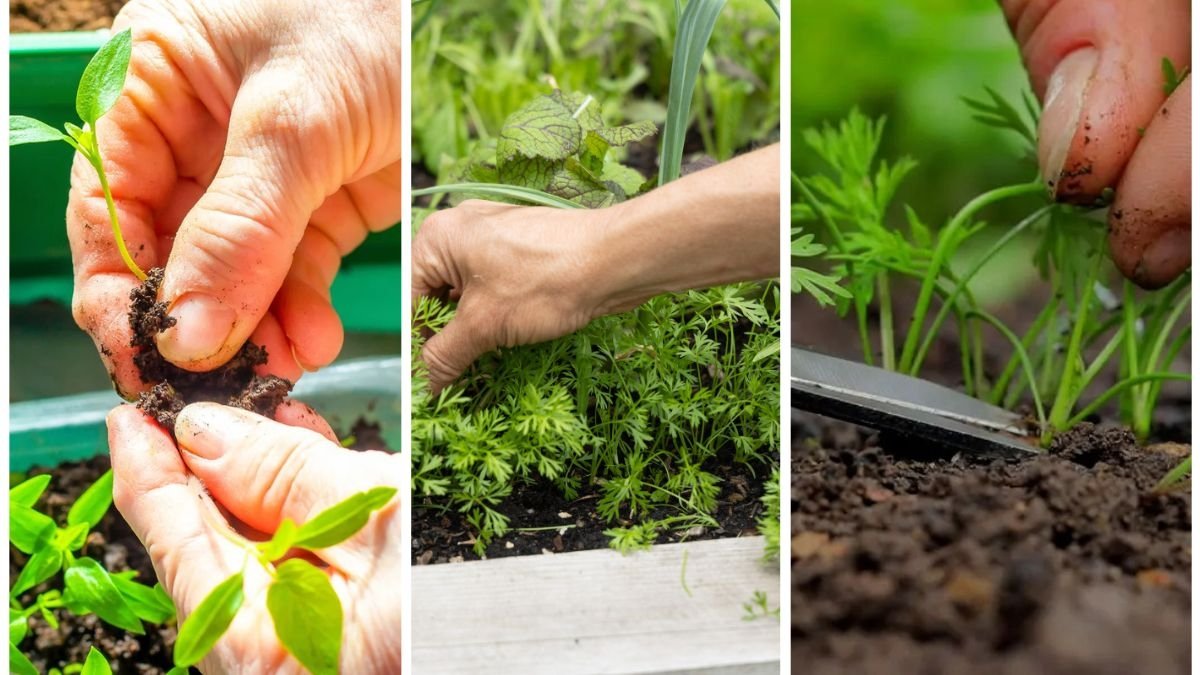
Leave A Comment